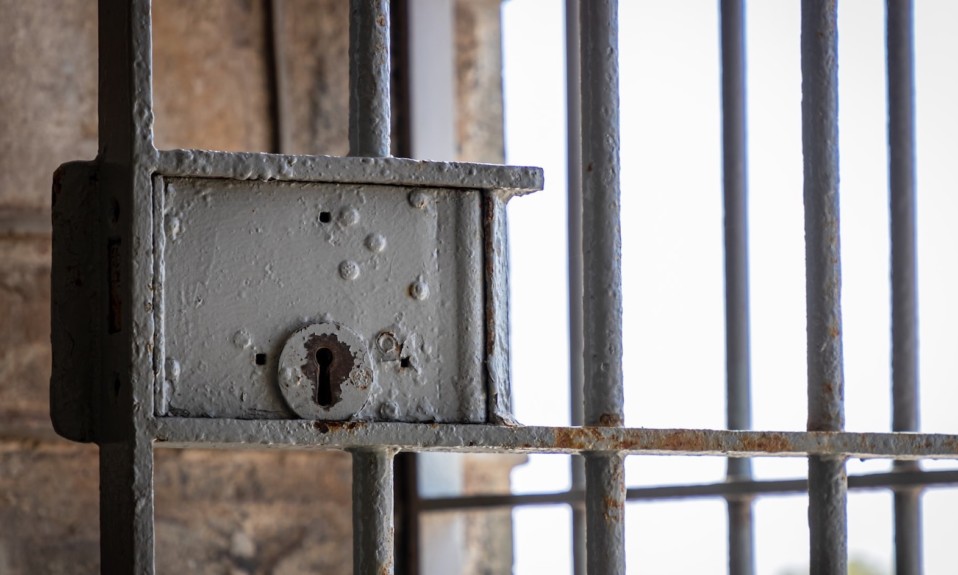The American Medical Association backs MAT, improved screening and smarter continuums of care for the incarcerated
By Jason Langendorf
In the United States, the War on Drugs gave rise to a system that blames people with substance use disorder (SUD) for their addiction, punishes them and then fails to provide them with adequate treatment and services during and after incarceration. It’s an approach that has proved to be neither fair nor effective.
In apparent response to that broken system, the American Medical Association (AMA) last week announced an updated policy at its Special Meeting of the AMA House of Delegates that’s intended to improve access to evidence-based treatment for people with SUD in jail, prison and other correctional settings.
Access to medication treatment in correctional facilities is not only protected by the law, but it is essential for providing evidence-based care for our patients with a substance use disorder.”—Willie Underwood, AMA board of trustees
In particular, the policy details from the AMA, whose stated mission is “to promote the art and science of medicine and the betterment of public health,” address several critical issues around incarcerated populations, including but not limited to:
- Expanding and updating recommendations of medication-assisted treatment (MAT) as the standard of care for incarcerated people with opioid use disorder (OUD)
- Reiterating the need for proper mental health and SUD screening of incarcerated populations
- Advocating for and requiring improved collaboration and information sharing between systems to provide access to a continuum of healthcare services for juveniles and adults in the correctional system
“Access to medication treatment in correctional facilities is not only protected by the law, but it is essential for providing evidence-based care for our patients with a substance use disorder,” says American Medical Association board of trustee member Willie Underwood III, M.D., MS, MPH. “We call on all jails, prisons, drug diversion and community re-entry programs to save lives by ensuring access to mental health and substance use disorder treatment.”
“Corrections” Continue to Fall Short
The National Institute on Drug Abuse (NIDA) makes clear the troubling facts around drug use, addiction and the criminal justice system:
“The substantial prison population in the United States is strongly connected to drug-related offenses. While the exact rate of inmates with substance use disorders (SUDs) is difficult to measure, some research shows that an estimated 65% percent of the United States prison population has an active SUD. Another 20% percent did not meet the official criteria for an SUD but were under the influence of drugs or alcohol at the time of their crime.”
Meanwhile, according to a 2019 National Academy of Sciences, Engineering, and Medicine report on medications for OUD, only 5% of incarcerated people who were addicted to opioids received MAT.
Yet providing access to SUD treatment in prisons and jails has long been seen as effective, reducing everything from crime to lost job productivity to recidivism. It’s cost-effective, too. An estimate from the National Drug Intelligence Center put the cost of treating drug use ($14.6 billion) at a fraction of the cost to society for drug-related crime ($113 billion).
Photo: Grant Durr














